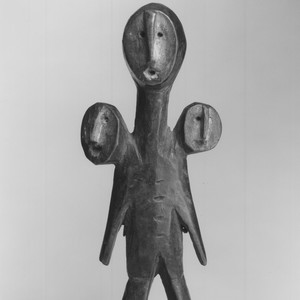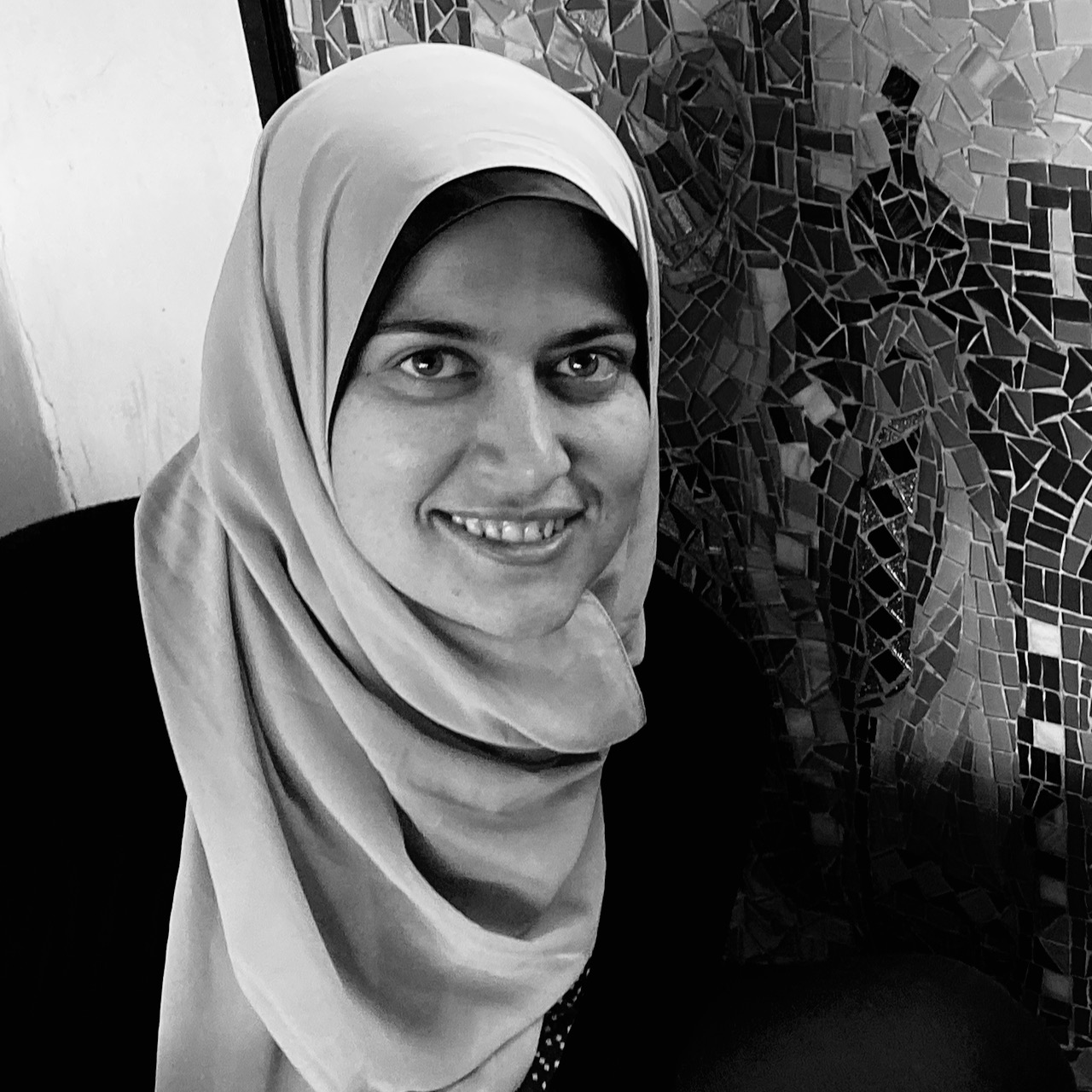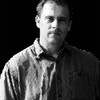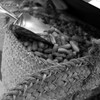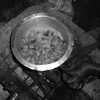CommentWhat unites Nile countries is more than what divides them
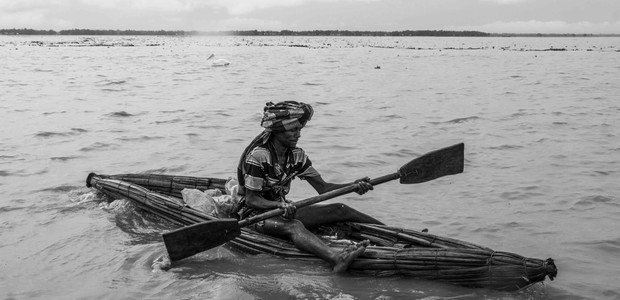
They said, “you never really understand a person until you consider things from his point of view,” and I replied: “I never really understood the Nile problems until I visited some of the Nile countries and considered things from their point of view.” For me, it all started in Ethiopia.
In 2018, I received an invitation for the Eastern Nile Technical Regional Office (ENTRO), one of the three centres of the Nile Basin Initiative (NBI), to attend a media training workshop in Bahir Dar, Ethiopia, a moment I had hoped for ever since the publishing of my first story on the Grand Ethiopian Renaissance Dam (GERD) in 2013.
This made a remarkable difference to my coverage.
It meant visiting the setting where the events in my story unfolded, a place I had never had a chance to see. It meant I would meet researchers from Ethiopia in-person to pose questions rather than speak with them online.
This made a remarkable difference to my coverage of the story. In my original writing on the GERD, I was determined to produce a “balanced” report, bringing together the voices of researchers from the three countries and one independent source.
Back then, I didn’t have access to resources from Ethiopia and Sudan. Still, with the help of LinkedIn and other tools, I managed to explain the tensions that followed the announcement made by Ethiopia to build what was foreseen as “Africa’s largest hydroelectric power plant”. Some of the fears that were voiced to me included: the worry that it would “slash the Nile’s flow“ and “drastically affect the downstream nations’ agriculture, electricity and water supply”.
Comments from Ethiopian researchers were critical. I spent a lot of time and effort searching for a source in neighbouring Nile countries, which would have been easier had I had journalistic contacts in the country. Meanwhile, there was apparent tension underlying the comments I received, although words like “cooperation” and having a “win-win” situation were mentioned by the researchers on a few occasions.
One hand cannot clap
The media workshop in Bahir-Dar was about cooperation in the context of tackling environmental degradation in the Eastern Nile Basin, linking journalists from Nile countries to each other and to researchers. The aim was to create more teamwork for stories, facilitate access to information, and highlight common problems in Nile countries and specific national issues.
One common theme emerged during a visit to Lake Tana, the source of the Blue Nile from which the majority of Egypt’s water comes. There I saw what I thought were some small islands but were actually large swaths of water hyacinth or what we call Nile flowers.
Wubalem Fekade, the former Head of Social Development and Communication at ENTRO, explained the ugly effects, e.g. killing fish because of oxygen depletion, of this beautiful flower on the lake and its people, and the Nile in general. “It’s a problem that needs a collective effort from all Nile countries to reach a real solution,” he said.
After the workshop, I published a story about water hyacinth, but the real jump for me was that I published my first teamwork story about the problems of small farmers in the Nile countries with journalists from across the basin.
A Wetland is wealth, if we maintain its health
One year later, I was invited by NBI to attend the 20th Nile Day Celebrations held in Rwanda and The Niles media training and editorial conference. There I first learnt about a transboundary wetlands project under the title “Biodiversity Conservation and Sustainable Utilisation of Ecosystem Services of Wetlands of Transboundary Relevance in the Nile Basin”.
Luckily, I was a few days away from delivering a story about the stigmatisation of wetlands as a source of insects and diseases. I was interested in listening to Abdulkarim H. Seid, by then the Deputy Executive Director of the NBI, talking about a project on promoting healthy wetlands and restoring degraded ones to reduce the risk of disasters.
Wetlands are the most naturally productive ecosystems, nursing microbes, plants, insects, reptiles, birds, fish and mammals. It purifies water by acting as a natural sponge, absorbing a tremendous amount of water during floods, thus helping avert disaster for communities. Meanwhile, during times of drought, they release the water which supports livelihoods.
This is why NBI established a NileWet Network Platform as a regional forum linked to the Ramsar Convention. According to Seid, the platform aims to strengthen collaboration between governments, technical experts, international NGOs, local communities, and private companies working on wetlands in the Nile Basin.
Predicting Floods and droughts
In 2020 when historical floods hit Sudan and other Nile countries, I got an insight into another cooperation and data sharing project that has been implemented by NBI, the Flood Preparedness and Early Warning (FPEW) project.
I talked to Modathir Zaroug, a Regional Water Resources Modeller at NBI, who said that one of the NBI’s strategic goals is to tackle climate change and develop a Nile Basin river flow forecasting system. “We successfully developed a drought monitoring and forecasting tool, and we issue monthly drought bulletins, and we share it with our 3,700 stakeholders,” said Zaroug.
The project is having an effect.
The flood and drought portal is open to any of the Nile countries. “Anyone has access and can tailor the information in the tool,” he said, adding that he received hundreds of feedback messages praising the project. “I think the project is having an effect,” says Zaroug.
NBI’s most considerable success from Zaroug’s point of view is the working groups that have been formed among researchers in water quality, irrigation, navigation, groundwater and other fields. “The groups meet repeatedly. The ties and friendships that get developed over time through those meetings enhance cooperation.”
Journalistic contacts
Zaroug’s words reminded me of how much I miss meeting the friends and fellow journalists from the other Nile countries, as we used to have a meeting at least once a year before the Covid-19 pandemic ground all to a halt.
I know exactly what he is talking about: the frequent meeting was not only about the annual Nile Day celebrations or the media training; it was about creating a connection between us, the Nile journalists.
The training sessions and editorial conferences involved a lot of brainstorming, discussions, objections, agreements, comments and new ideas. As a group of journalists, we worked together, commenting on each other’s proposals for the next issue of The Niles. The results exceeded my expectations.
I never thought I would write something like “Add crickets to your diet for more protein” or my commentary titled “How to report on dams without having seen one”. And it was also entertaining and helpful to read the work of my colleagues, such as “Balancing development and conservation” or the article “Water hostilities”.
These relationships developed through several meetings, many meals, shopping walks and chats on the sidelines of events. As they say, “teamwork begins by building trust” - but you need both time and effort to build trust.
